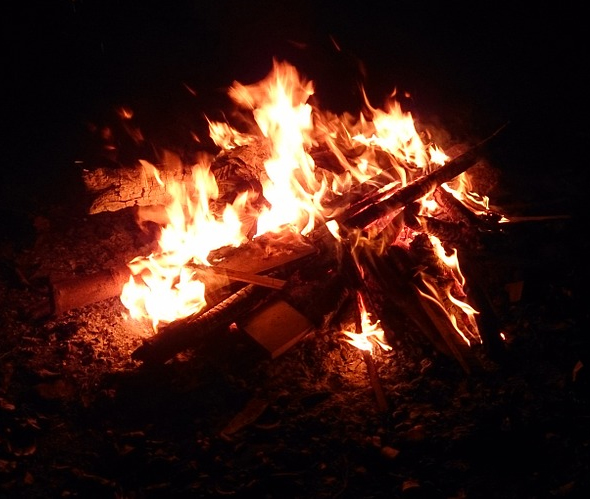March 05, 2018
Holi, a festival that many have to come to recognize as the festival of colours, is written about in Puranas and Vedas as the festival of exuberance arising from the demolition of evil.
There are many tales associated with the reasoning behind why the festival is celebrated, most prominent being that of Hiranyakashyap and his son Prahalad. Hiranyakashyap was a demon king who, after attaining some occult powers, had made a proclamation that he be worshipped as the God. To his sorrow, his own son Prahalad turned out to be a Vishnu devotee who denied worshipping anyone except his Lord ‘Hari’.
 Furious at such a turn of events, as well as to safeguard his reputation, Hiranyakshipu asked his sister Holika to sit on a burning pyre with Prahalad in her lap, but Holika had a boon of protection against fire and so the whole idea behind these actions was to either discourage Prahalad with fear or to burn him down for his defiance.
Furious at such a turn of events, as well as to safeguard his reputation, Hiranyakshipu asked his sister Holika to sit on a burning pyre with Prahalad in her lap, but Holika had a boon of protection against fire and so the whole idea behind these actions was to either discourage Prahalad with fear or to burn him down for his defiance.
 However, when Holika actually went to sit in the pyre, to the amazement of all, she was the one who caught fire while Prahalad remains unaffected as though guarded by some invisible shield. This incident gave power to many other people who were suppressing their devotion out of fear and so the following day was celebrated with much enthusiasm and, of course, colours.
However, when Holika actually went to sit in the pyre, to the amazement of all, she was the one who caught fire while Prahalad remains unaffected as though guarded by some invisible shield. This incident gave power to many other people who were suppressing their devotion out of fear and so the following day was celebrated with much enthusiasm and, of course, colours.
Many mythological stories can be seen as a way of relaying a tradition that has deeper, but rather elusive, meanings. So if we see this festival of colours in the light of its traditional celebrations, we get a better understanding of why people are celebrating it.
Holika Dahan, the most traditional part of the festival can actually have a much simpler reason. It is said that people used to start building the pyre for Holika ever since the day of Basant Panchami, that is celebrated sometime around the time of harvest. It makes sense to burn all the chaff, especially if it also proves to be a beneficial insecticide against the insects that feed on the crops grown during that time. Also, would not it be the perfect time for the pastoral community to spend the day with absolute exuberance after months of hard work at farms?
The festival, for some, also has a spiritual significance. The yogic tradition in India, that maps all their activities in tune with the phases of the earth, moon and sun, consider the time directly before the equinox to be quite conducive for the complete transformation.
Therefore, the followers of this tradition don’t only burn the leftover chaff in the pyre, but also their accumulated wastes of the past year, so that they can again become unburdened and start this period as a new and fresh life. As a matter of fact, in many regions of India, depending on the waxing/waning phase of the moon, this day also marks the beginning of a new year.
In the end, it matters a little why different people are celebrating this festival in different ways for different reasons. It in itself is a great thing that such a huge part of the populace are in this mood for festivities at the same time which makes it a rather exuberant time for a large section of humanity, and this is what we celebrated at Dotsquares- a time of festivities and joyfulness.